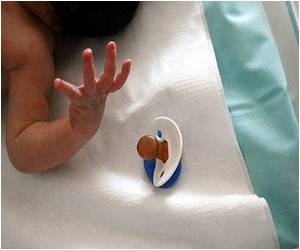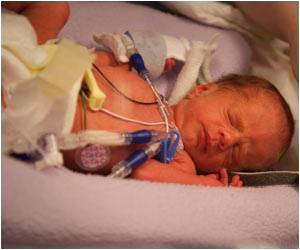A marker to identify those infants who are at risk for the infection, enabling doctors to employ early preventive strategies has been discovered by Loyola University Health System researchers.

NEC is the most common serious gastrointestinal disorder among preterm newborns. It affects up to 10 percent of extremely low birth weight infants and has a mortality rate of nearly 30 percent. There is no known cause for the disease, yet researchers believe it may result from a combination of decreased blood flow to the bowel, feeding patterns, infection, mechanical injury or abnormal immune response.
NEC occurs when the lining of the intestinal wall dies and tissue falls off. Most cases of NEC are mild to moderate and can be successfully treated with antibiotics. But in severe cases, a hole can develop in the intestine, allowing bacteria to leak into the abdomen causing a life-threatening infection.
This study evaluated 177 infants born at less than 32 weeks' gestation and/or babies who were less than 3 pounds, 3 ounces. Blood samples were collected from these infants within 72 hours of birth and weekly for four weeks to measure reticulated platelets (RP) and intestinal alkaline phosphatase (iAP). Of the 177 infants, 15 (8.5 percent) developed NEC. Of these, 93 percent had low RP levels and 60 percent had high iAP. Those infants with low RP levels were significantly more likely to develop NEC while those with high iAP showed a similar trend.
"Decreased reticulated platelets serve as a sensitive indicator for NEC onset," Dr. Muraskas said. "Further research also may find that infants with elevated iAP levels may be at risk for this serious illness."
Source-Eurekalert











